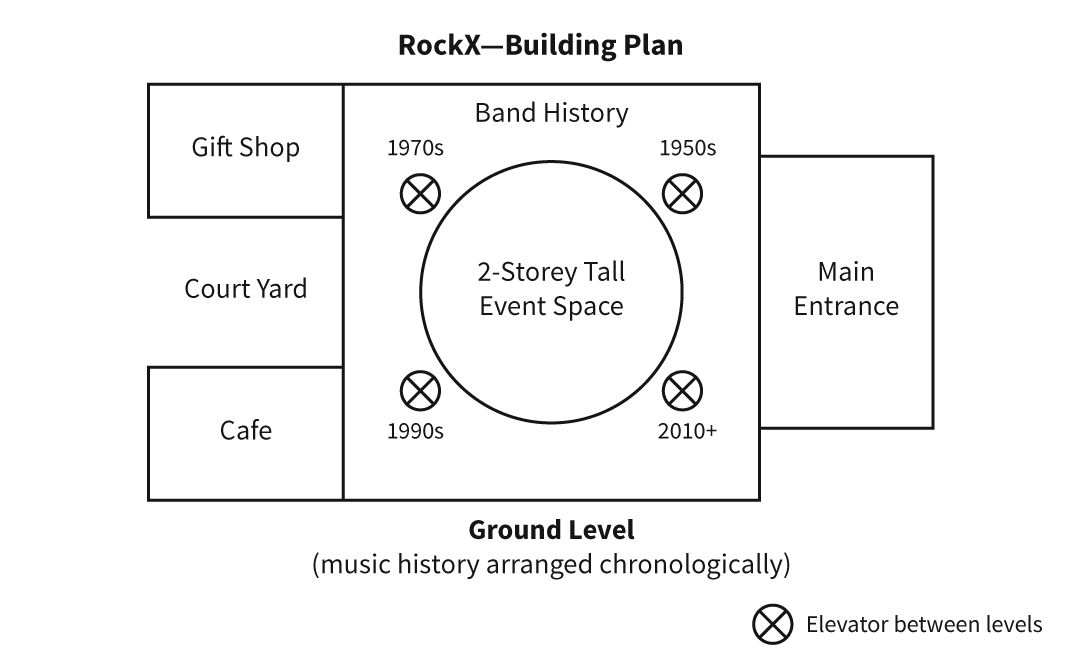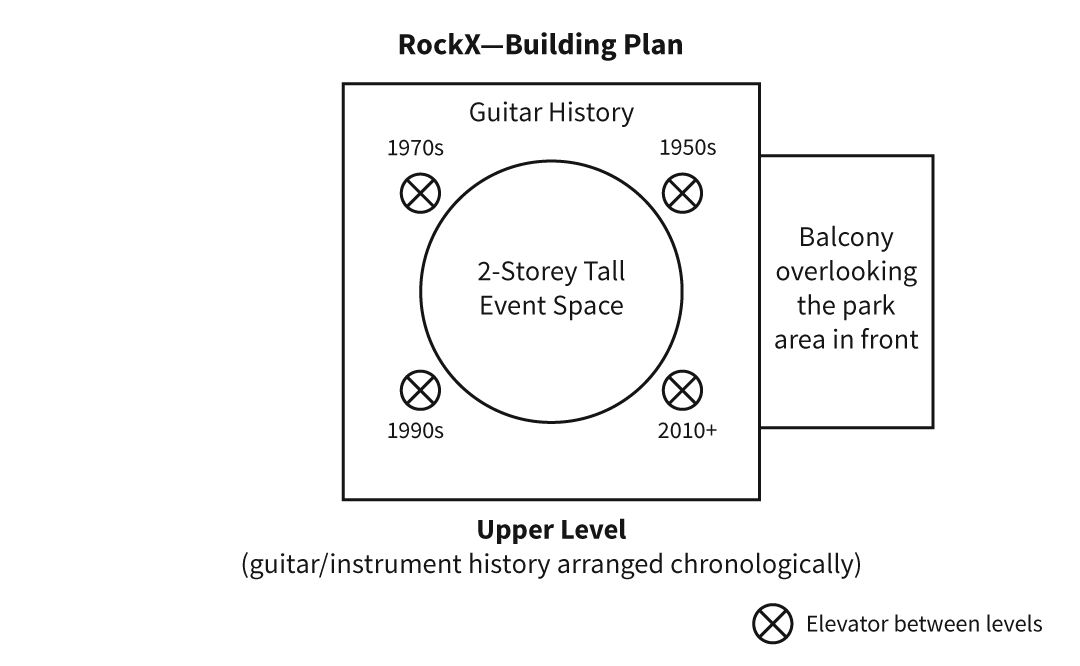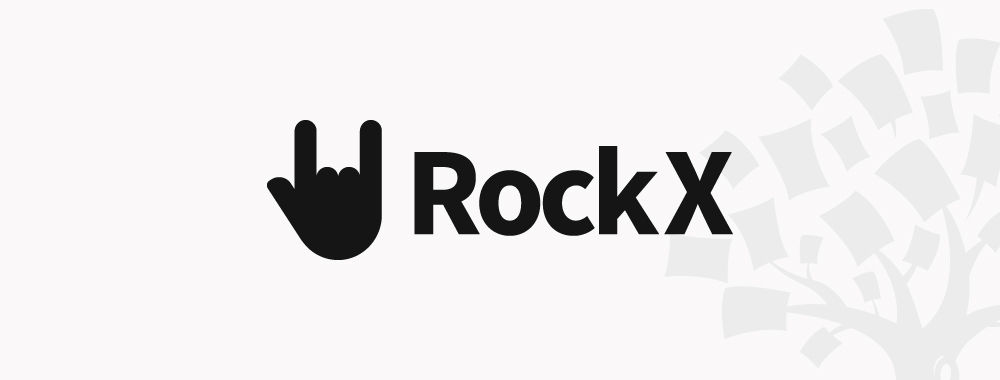Apply What You Learned From UX Magic and Project 1
In this second IxDF-provided project, you will be flying solo to create a new UX design from scratch. Unlike the first MatchDog exercise, where you could leverage project-specific grammar, prioritization, semantic grid, UX flow and game theory sample starter artifacts, with this project you don’t have that preliminary design work to serve as your co-pilot. You will practice the full Semantic IxD method as if you were hired by a new client to design a totally new web and mobile solution.
This unscaffolded approach for the second project is exactly how Professor Rosenberg teaches this material in person. You can and should refer back to each UX Magic book chapter frequently when appropriate to the steps, tools and methods you demonstrated in the first project.
The learning goals for each step are identical to those of the MatchDog project.
Do not try to do this project before you have successfully completed the MatchDog project. An attempt to skip ahead is likely to result in a crash during takeoff if you can even get to the runway. These 2 exercises are intentionally constructed with an initial training wheels pedagogy that has been refined and tested over 7 years to optimize the learning process for students.
The content below defines the solution’s functional requirements as well as the business constraints that must be incorporated into your creative design and demonstration prototype. It will result in another complete portfolio piece to showcase your skill in applying Semantic IxD to a complex problem space.
Introduction
In the RockX project, you will design both the remote and in-person digital artifacts to accompany a new hybrid music history museum, digital music archive and event center. RockX is dedicated not only to the history of Rock & Roll music but also to supporting its popular growth with new generations while showcasing emerging Rock & Roll artists. In addition to the consumer UX, you will also design the B2E (Admin) UX to manage the museum events and curate the guitar collection.
RockX is the result of a dream and a $1billion donation from the Sand Hill Road (Silicon Valley) venture capital community, which contains many multi-millionaires who grew up during the seminal period of rock music in the ‘60s, ‘70s and ‘80s. A non-profit, the RockX foundation was created to realize this vision. Many of the original donors are board members of RockX.
Many famous musicians donate their time and money to RockX and support its mission.
One billion dollars was donated to buy the land and construct the physical facility several years ago. The building will be completed in about 18 months. With the opening approaching, RockX now needs to focus on their digital experience both on the web as well as inside the facility when visitors explore the exhibit space, conduct music history research, attend a concert or participate in educational workshops.
Behind the scenes, the staff requires highly usable and efficient tools to manage the publicly facing parts of the digital experience (exhibits themselves) in addition to the collection of physical artifacts contained in each exhibit space. There is no off-the-shelf software application available for managing the museum’s digital presence that they find acceptable. Therefore, they have hired your team to create a custom design.
RockX is a large facility. It is so comprehensive and amazing that it would take 2 days to visit all the things that it offers. Most consumers can only visit for a few hours or at most a single day. The chances of having a delightful visit experience are enhanced if the participant comes with a predefined plan based upon their interests and goals for their visit.
Financial Background & Business Model
Ongoing financial support for RockX comes from several sources. The original donors also provided an additional endowment of $500 million comprised of stock in their startup companies. The endowment earnings combined with donations plus entry fees, concert tickets and class fees support the staff payroll, activities, expanding the guitar collection and facility maintenance. The terms and conditions of the RockX endowment require that every dollar to be allocated from the endowment’s earnings must be matched by general donations from the public in order for those endowment funds to be released. These funds are critical to supporting the institution’s annual maintenance budget.
Minimum Viable Scope for Web—Consumer
- Learn about rock and roll history content as covered in RockX.
- Experience curated playlists, create your own, save and share.
- Explore bands and artists (why they were significant, who their influences were).
- The musical instruments they used
- The recording techniques they used
- Enjoy permanent exhibits and special exhibits on display during the desired visit period.
- See how different regions/cities of the world contribute to R&R history.
- Which regions are near the user, which local bands are relevant, etc.
- Read reviews of new bands and their touring schedules from the press, users, social media.
- Plan a visit to the actual physical facility.
- Map how to allocate your time based on mapping your interests to museum content.
- Figure out how other people coming with you might best enjoy their visit.
- Save this plan for later to be used in real time within the RockX phone app.
- Watch live streamed content to get excited about what is happening at RockX.
- Classes
- Concerts
- Apply to have your “emerging” band adopted and promoted through RockX.
- Upload your artist/band profile and music/video to be reviewed.
- Get reviewed.
- Apply to open for a big act to get exposure.
- Purchase:
- Museum entrance tickets, special event tickets or workshop tickets.
- Music (CDs and downloads) of artists represented in the archive.
- Physical stuff (T-shirts, coffee mugs, books, posters).
- Subscribe to the mailing list.
Minimum Viable Scope for Mobile—Consumer Digital Docent
Note: this mobile app is the digital guide experience while inside RockX. The user brings their own mobile device, and it serves as their personal digital docent to guide them along their plan created on the web. It is NOT a mobile version of the website.
- Use case 1 – Visitor has a personal plan transferred from the web to follow
- Use the plan as the basis for guiding them through the museum.
- Use the mobile to explain the exhibits as the visitor moves through the galleries.
- Mobile will provide AR supplemental content for each exhibit (music, video, history, relationships and games, etc.). It uses near-field sensing to know where you are physically and what you are looking at.
- Use case 2 – Augmented reality access during a live event at the museum
- During live concerts.
- During workshops.
- Share and stream to your friends.
- Use case 3 – Visitor does not come with a premade plan from the web
- Help them quickly pick a standard premade plan or build a simple custom visit plan that can flow into use case 1.
- Pick the most important parts of the web scope plan builder and include in mobile (it does not need to be equivalent, because speed is more important to get them started in person experiencing the museum content).
- Purchase items while viewing the exhibits that relate to what you are learning about:
- Event or workshop tickets.
- Music (CDs and downloads).
- Physical stuff (T-shirts, coffee mugs, books, posters) for bands and artists.
- Pick up purchased items in the lobby as you exit. There is no physical giftshop.
Minimum Viable Scope for B2E UX
- Publish content to website (news, information, event calendar).
- Manage:
- Events (create, update, delete).
- The musical instrument collection and the exhibits.
- Member accounts.
- Analytics on the plans visitors create to see what exhibits are popular and which need to be redone on the website because of low interest online.
- Donation process.
- Track:
- Financial performance of events and the merchandise sales.
- Donations and released matching endowment funds.
- Website analytics (outside of museum).
- Exhibit analytics (while inside the museum – where people are actually walking and what exhibits they actually stop to explore).
- Utilization of the mobile tour and particularly AR usage per museum exhibit and event. (E.g., do visitors spend more time per exhibit if they use the AR?)
Not in Scope
- RockX will NOT have a hall of fame.
- RockX will NOT support awards or ratings.
- RockX will NOT have a community feature (no user-generated content).
- Management of the RockX staff (no payroll, budgets or human resources functionality – They can buy a SAAS enterprise solution for this).
- No management of the café.
- No museum physical giftshop.
- No catalog of merchandise to browse or search (no general eCommerce store on web or phone). Items for purchase can only be marketed in context of an exhibit or an event.
All designs should be based on the same conceptual grammar.
Optional: Create personas (create rounded actor, goal-based content for at least 5 of them).
- Baby boomer generation fan (fan of a genre or an artist)
- Generation X fan (bringing children ages 5 and 11with them)
- Teenage fan (has an electric guitar)
- Child of GenX parents who bring them to RockX
- Famous musician
- Aspiring musician
- Journalist for Rolling Stone magazine
- Agent for successful rock band
- Agent for aspiring rock band
- Board member
- Guitar collector
- Music historian (professor)
- Disc jockey for a rock radio station
- Event planner wanting to hold a corporate event at RockX
- Recording engineer wanting to duplicate a particular album sound
- Music industry executive
- Guitar, amp and general equipment manufacturer director of marketing
If you are not familiar with the concept of a rounded actor – goal-based persona, read up in the Personas chapter of the Interaction Design Foundation encyclopedia: https://www.interaction-design.org/literature/book/the-encyclopedia-of-human-computer-interaction-2nd-ed/personas
DO NOT ADD OR REMOVE SCOPE FROM THE MVP DEFINITION!
Project Process and Deliverables (to Create a Complete Semantic IxD Portfolio Piece on Your Personal Website)
- We recommend building all design artifacts into a single prototype file that can be viewed online including access to a clickable prototype.
- Include an intro page with your name and a brief explanation of the project goals and business case constraints.
- Flesh out 5 personas from the choices above that might use this site/app (one page) and include the following.
- Useful demographic info
- Where they live (local or tourist)
- Their empathetic need that will be satisfied during the museum visit
- Create the Object-Action matrix and the Attributes table for the MVP.
- Normalize, refine and simplify the grammar using the sparse matrix test .
- Create the Prioritization Matrix the action/object pairs by a method of your choice.
- Build the navigation framework and basic page structure for the Web and Mobile designs in your prototyping tool of choice.
- Make the basic navigation clickable. (Don’t worry about fine details, yet.)
- Does your navigation framework clearly articulate your GRAMMAR?
- Does it match your prioritization matrix?
- Later on, you can take the design up to high fidelity. For now, focus on conceptual optimization.
Here are some reminders for specific Semantic IxD steps:
Visualization and Flow step reminder:
- Scan and include paper sketches for 3 different concepts that can articulate your grammar.
- Define your semantic grids and map them to your CM grammar.
- Choose you UX architecture for each of the 3 experiences (web, mobile and admin UX).
- Pick the page archetypes and fill in the detail at the widget and control level.
- Iterate and refine your conceptual model.
- Do the UX flow design for your top-priority tasks.
- Iterate and refine your conceptual model.
Project Suggestions
- Use a powerful interactive prototyping tool of your choice. We recommend something like Axure or Balsamiq because hotspot prototypes require too many redundant screens to simulate interaction states and user context.
- Medium-fidelity wireframe is sufficient for now
- Photos are allowed.
- Video is allowed.
- Follow UI Graphic design guidance from the Elegance book chapter in UX Magic:
- Have your co-designers review and help you refine your work if you do this as a team project.
- Run a formative usability study on your prototype and refine based on subject feedback.
- Upgrade prototype to high fidelity and place in your portfolio.
To Gamify or Not?
Finally, once you have a complete interactive prototype and are satisfied with its quality, you should now understand the tasks, domain content and users well enough to return and generate an alternative UX version that utilized game theory. The game theory objectives in this case would most likely be:
- Increase engagement online.
- Increase engagement time within the museum during a physical visit.
- Increase event sales and participation.
- Donate.
There are probably other behavioral motivation targets that are appropriate and ethical as well. The important thing from a portfolio perspective is that you decide what the gamification and/or Captology business goals are and then deliver a UX design that effectively enables them. As with the first project, it is recommended to create side-by-side UX designs, one gamified and one not.
Remember: leverage the same methods and process you applied to MatchDog to fly solo with this project!
RockX Building Floor Plan
The physical building plan matters, particularly to the design of the mobile application which will serve as a digital docent to guide the user from point to point as well as educate them. Simple floor plan diagrams are provided below. The mobile will know where the visitor is standing by accessing the near-field sensors in the device.













